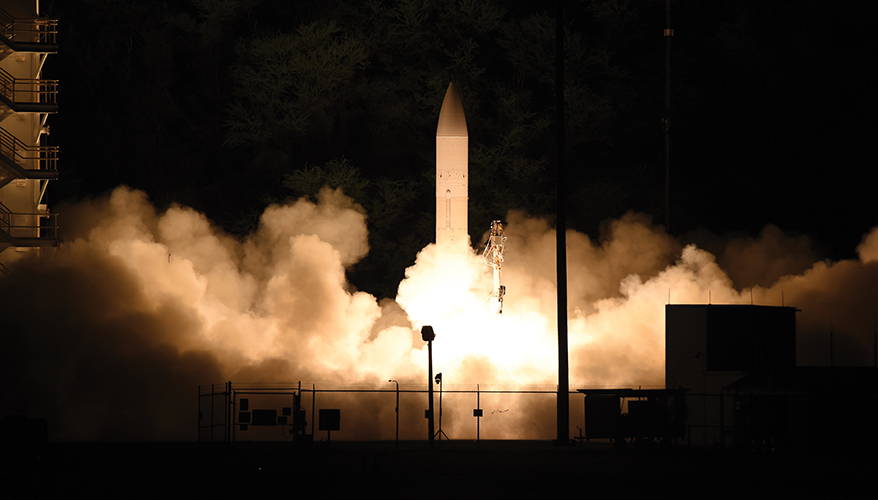The US military has been becoming increasingly vary of the mobility that has recently increased between the Earth and space. They want to be prepared for any offensive attack initiated by outer space. Therefore, the military has summoned space organizations for finding a solution to this probable problem.
Recently, it was announced by the Pentagon’s Defense Advanced Research Projects Agency (DARPA) that the space agencies like General Atomics, Blue Origin, and Lockheed Martin were given the instructions and commission to create a Demonstration Rocket for Agile Cislunar Operations (DRACO): which is going to be the world’s first Nuclear Thermal Propulsion (NTP) system for spacecraft.

The working of an NTP is more efficient than the machines of its likes. It operates by pushing a liquid propellant like hydrogen through a working nuclear reactor core. As the reactor splits the atoms of the uranium fuel, it gives off heat. The heat then changes the hydrogen into a gas that is released by the rocket exhaust nozzle at high pressure, creating a thrust.
Other rockets give off heavy water vapors while this will release hydrogen which is lighter in weight and will be able to provide a strong thrust. Greiner states that “with a thrust-to-weight, that’s far higher than existing electric propulsion systems.”

Greiner states that the main objective is to send a DRACO-powered, proof-of-concept spacecraft above low-Earth orbit in 2025. If the project is actively supported by the Pentagon, it can even be achieved by 2030.
Small drone “space fighters” could be launched from bigger spacecraft that will be acting as carriers. These space fighters will destroy enemy vehicles, just like today’s aircraft carriers. These new carriers could be guarded by defense ships, like the guided-missile cruisers that protect naval task forces at sea.


